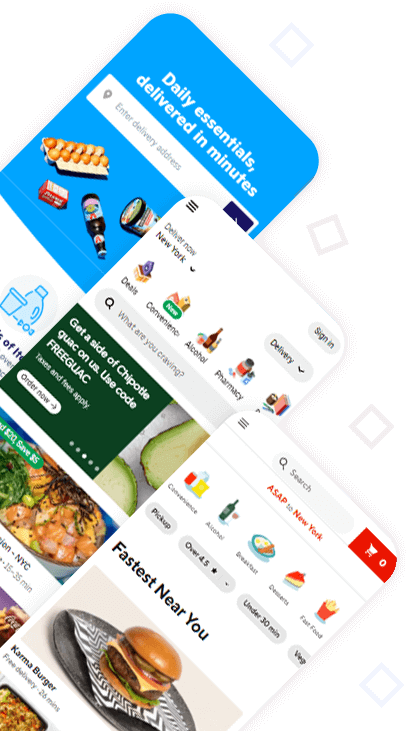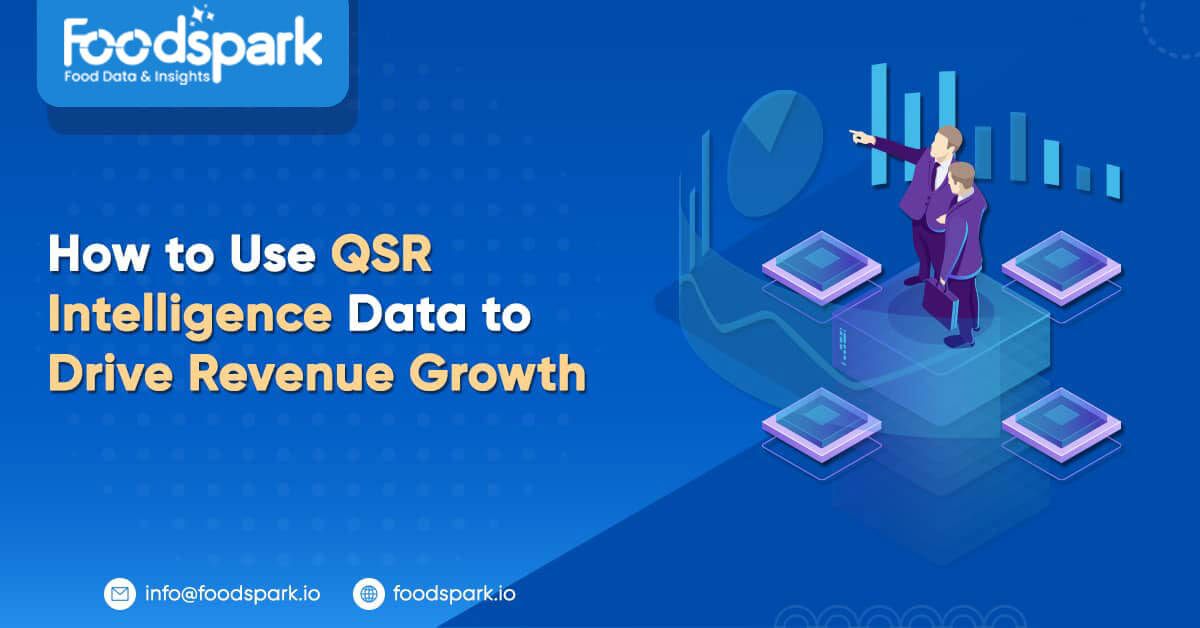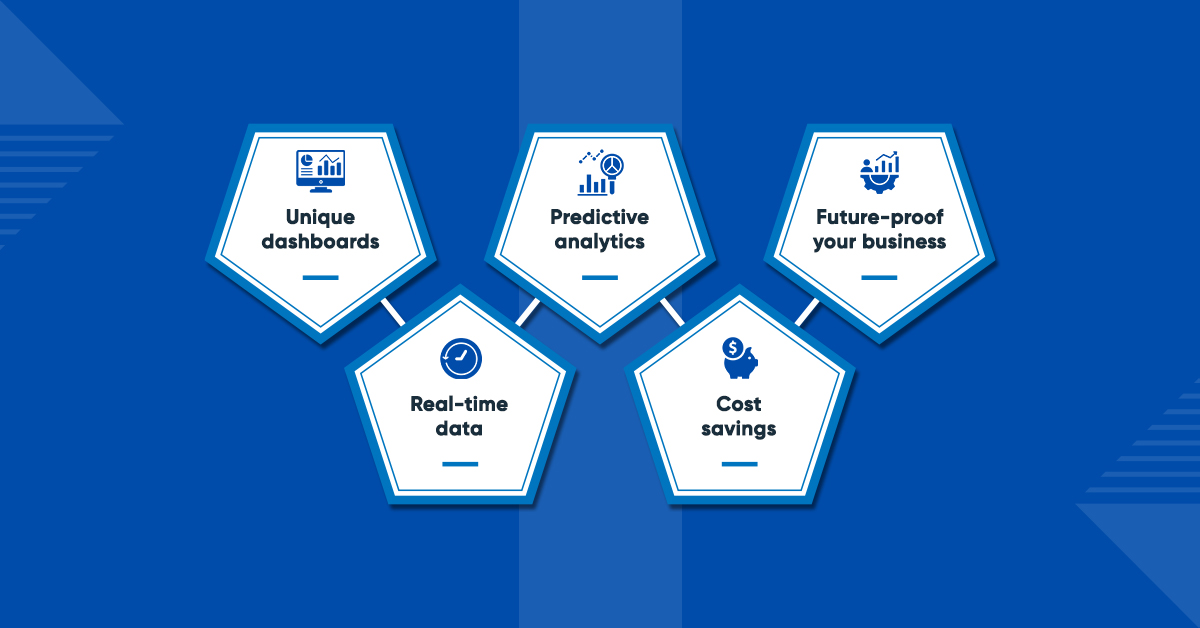Let's talk!
We'de love to hear what you are working on. Drop us a note here and we'll get back to you within 24 hours.

We'de love to hear what you are working on. Drop us a note here and we'll get back to you within 24 hours.

In today’s fast-paced world, Quick Service Restaurants (QSRs) constantly seek ways to boost their revenue and outperform their competitors. Fortunately, QSR Intelligence Data is a powerful new tool to assist QSR companies. This data-driven method provides comprehensive insights to restaurant owners, enabling them to make informed decisions that improve the customer experience and drive sales. This blog will explore how QSR intelligence can help you achieve significant financial gains for your restaurant business.
Do you need help to increase your revenue growth? QSR intelligence could be the solution you’ve been searching for! Uncover how to harness this potent tool’s potential to accelerate your business’s expansion and maintain a competitive edge. Follow our expert guide and unlock the full potential of QSR intelligence today!
Gathering and analyzing data from various sources is essential for quick-service restaurant (QSR) owners to succeed. These sources include point-of-sale tools, customer feedback, and market trends. Doing this lets them learn much about their customers’ likes and dislikes and how they act. They can use this knowledge to run their business more smoothly and make intelligent choices about meeting customers’ needs and making them happier.
QSRs have seen an increase in demand due to changes in eating habits, busier schedules, and the growth of online shopping. QSR companies must incorporate new technologies like POS, kiosks, wireless portable devices, and digital menu cards to keep up with these changes. These technologies enable QSRs to cater to the needs of different fast-food meals and online ordering services.

If a business looks at restaurant data, it can find out about customer wait times, reservations, food waste, payment choices, and other statistics. By looking at this data, they can make unique dashboards and find key performance indicators (KPIs) to track their progress towards their goals.
First, they gather information about essential measures like what guests think, the average order value (AOV), how well employees are doing, marketing campaigns, customer turnover, and customer retention. Different kinds of data, such as management, guests, and other website data, are collected as part of the process.
CRM, inventory management, ticket systems, and point-of-sale (POS) data are some tools that can give you operations data. It has details about the staff, the food, and the sales. Guest data includes things like demographics, needs, and customer behaviors. This information helps restaurants tailor their deals and give customers a better experience. In website data, restaurant owners can see how people find and use the restaurant’s website.
Examining the gathered data is crucial to guarantee its precision. A cleansing procedure is performed upon collection to eliminate any mistakes or replicated records. Following this stage, the proprietors should meticulously evaluate the data to detect trends and possibilities for enhancement. By doing so, restaurants can implement changes to enhance their business, such as modifying their products or improving the customer experience. Companies must monitor their progress closely to ensure these changes are effective.

Intelligent customer data analysis and efficient QSR intelligence data are closely related. Here are some ways to achieve this:
1. Personalized Marketing:
By studying customer data, restaurants can learn about customer preferences and behaviors. This information allows QSR to create customized digital marketing campaigns and special offers.
2. Menu Improvements:
Analyzing customer data can help restaurant owners identify popular foods, gaps in the menu, and how well new items are received.
3. Order Management:
QSR Intelligent Data tool uses Restaurant analytics to identify peak hours and customer ordering trends, which can help improve order management.
4. Customer loyalty programs:
Analyzing customer data helps identify what loyal customers like and their behavior patterns, which allows the design and improvement of loyalty programs. That can lead to more repeat business, longer customer retention, and increased customer value. Many quick-service restaurant intelligence data tools collect customer data to enhance their loyalty programs. 86% of these restaurants use data to improve customer reward programs.

Restaurant data analytics is a great way to keep track of changes like better training, less food waste, and resource redistribution. This tool gives you detailed information about the quality of the food, sales, and customer wait times.
Analytics is essential in the food business for many reasons. For startups, it gives restaurant owners more helpful information about how customers behave and helps them guess what they might want, which leads to better results.
Second, AI and ML tools help operators be more efficient by finding the best workers and switching jobs around them. This way of doing things can make them more efficient and productive.
Third, businesses can use QSR intelligence data analytics to make more money using strategies like deals, partnerships, and special offers. However, one must carefully plan these tactics to stay within the restaurant’s budget.
Lastly, analytics can help restaurants find new patterns in what customers eat, how many of certain menu items they sell, and when their busiest times are. With this knowledge, restaurant owners can change the menu and the shifts that suit the restaurant.

Now let’s talk about the many good things about QSR intelligence data and analytics:
Quick-service restaurants (QSRs) need robust marketing plans that target their customers to be successful in the food business. That means knowing what customers want and ensuring they can reach them through suitable communication methods.
Restaurants need to monitor quality, and QSRs use QSR Intelligence data analytics to ensure they follow quality standards at every level. Ensuring everything is up to par means keeping an eye on the staff, the food, the delivery, the dining services, the packaging, and the kitchen upkeep.
Restaurants can use a helpful tool from QSR Intelligence called “sentiment analysis.” Restaurants use the quick-service restaurant intelligence data tool to determine what works and what doesn’t about their prices, food, service, and ability to take online reservations. By looking at what customers say, QSRs can find ways to improve their service and keep giving them excellent service.
Restaurant analytics helps keep track of all the goods’ expiration dates and gives health-related advice to ensure customers’ food is safe. QSR owners and cooks can also use predictive analytics to guess what customers want and change their menus to meet those needs.
Overall, QSRs that spend money on data analytics solutions can learn a lot about their customers’ likes, dislikes, and habits, which can help them make better business choices.
With the increase in digital technologies, QSR Intelligence Data can transform the business in multiple ways.
Restaurant owners must stay updated with trends to meet customers’ needs. That is very important to keep possible customers. For businesses to grow, they need to look at market trends and make changes based on what customers want.
To get people to enter restaurants, they must use new technologies. Point-of-sale systems, systems for managing employees, strategies for keeping track of inventory, and techniques for accepting online orders can all help food businesses grow.
Customers want good food, experience, and an easy way to place their orders. A restaurant can make more money by giving customers the best experience possible.
To get people’s attention, restaurants must keep up their brand’s image by building it up. Restaurants can get known in the market and reach their goals using the newest marketing techniques.
When Quick Service Restaurants (QSRs) use QSR Intelligence data, they can increase customer happiness and make more money. This information gives us helpful data that we can use to improve the customer experience, make menus better, and intelligently set prices and deals. QSR owners should gather and analyze data, protect customer privacy, and follow the rules. QSR Intelligence can be even more helpful if staff are trained and work with data analytics experts.
As technology improves, quick-service restaurants that make decisions based on data from Foodspark can do well in a competitive market. Quick-service restaurants (QSRs) can stay popular with customers and make much money by getting to know their customers and changing their strategies to fit. QSR Intelligence Data is the key to unending success and growth.
January 21, 2025 B2B marketplaces use data collection to expand and maintain relevance in the food industry. Organizations can improve...
Read moreJanuary 2, 2025 Web scraping has now become an important strategy in the accelerating world of e-commerce, especially for businesses...
Read more